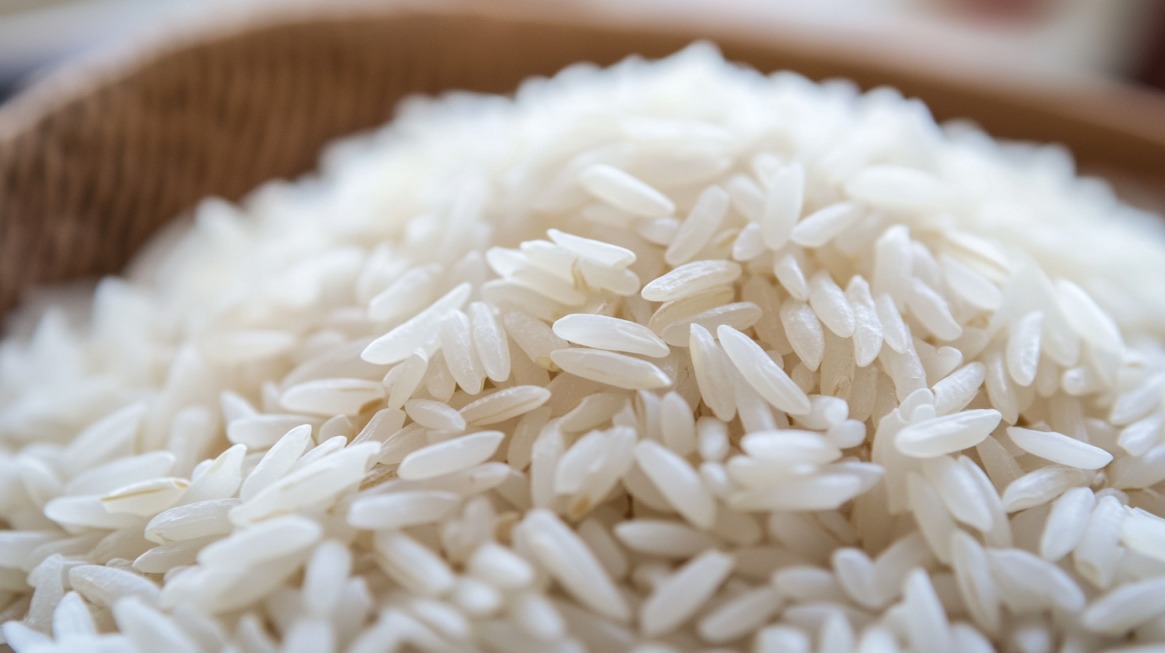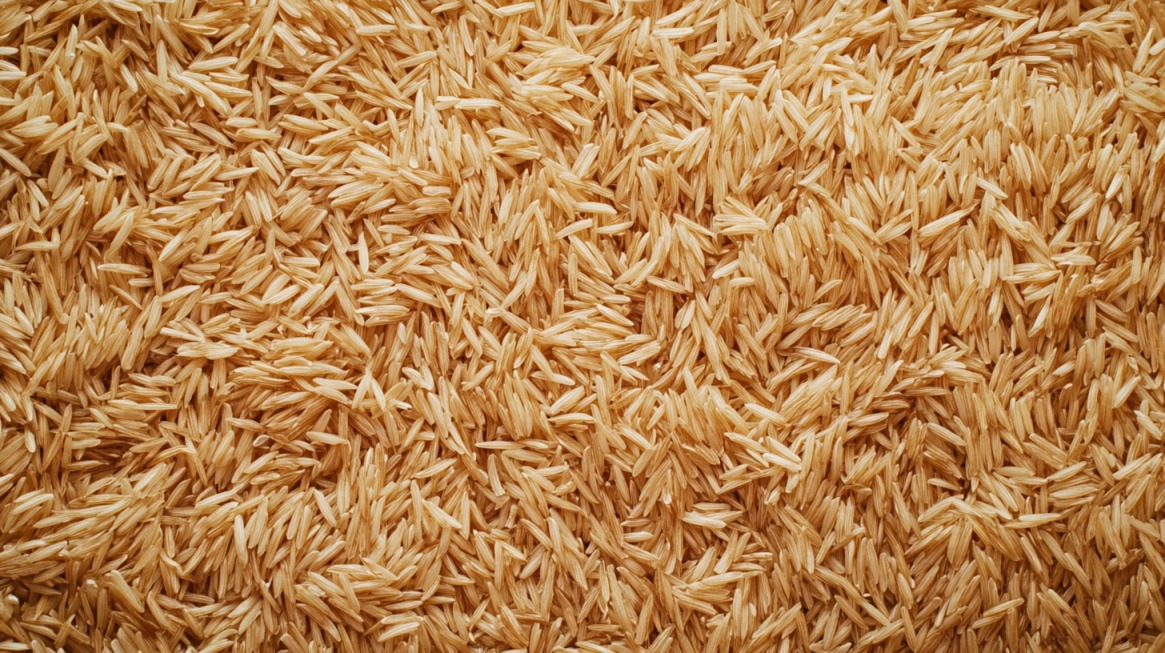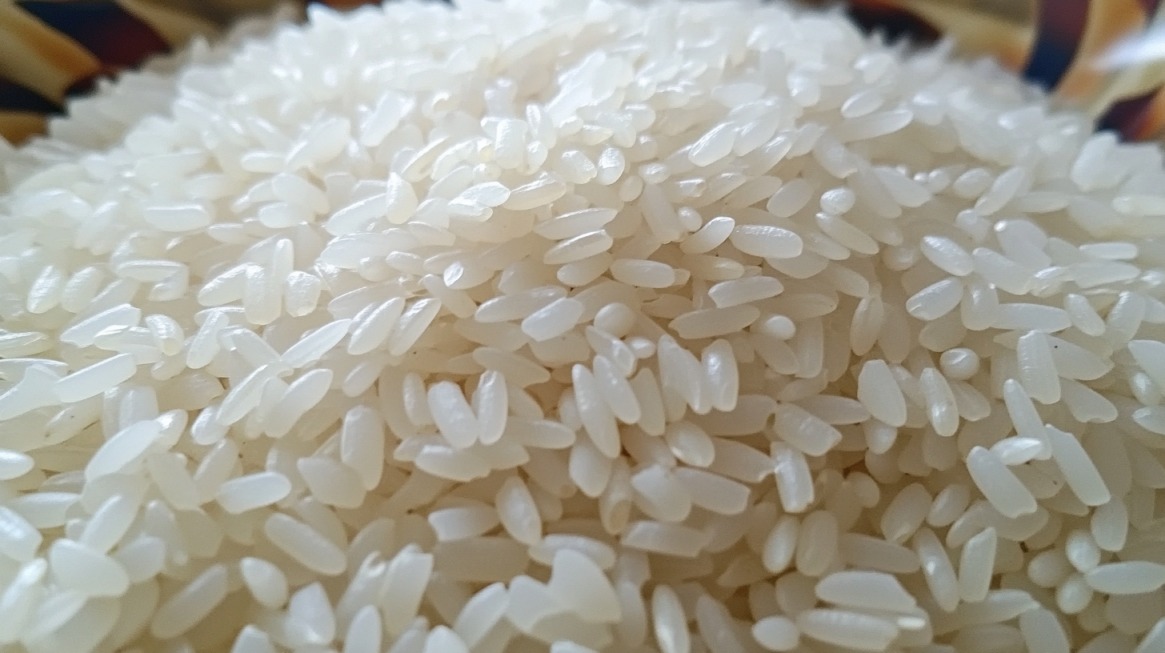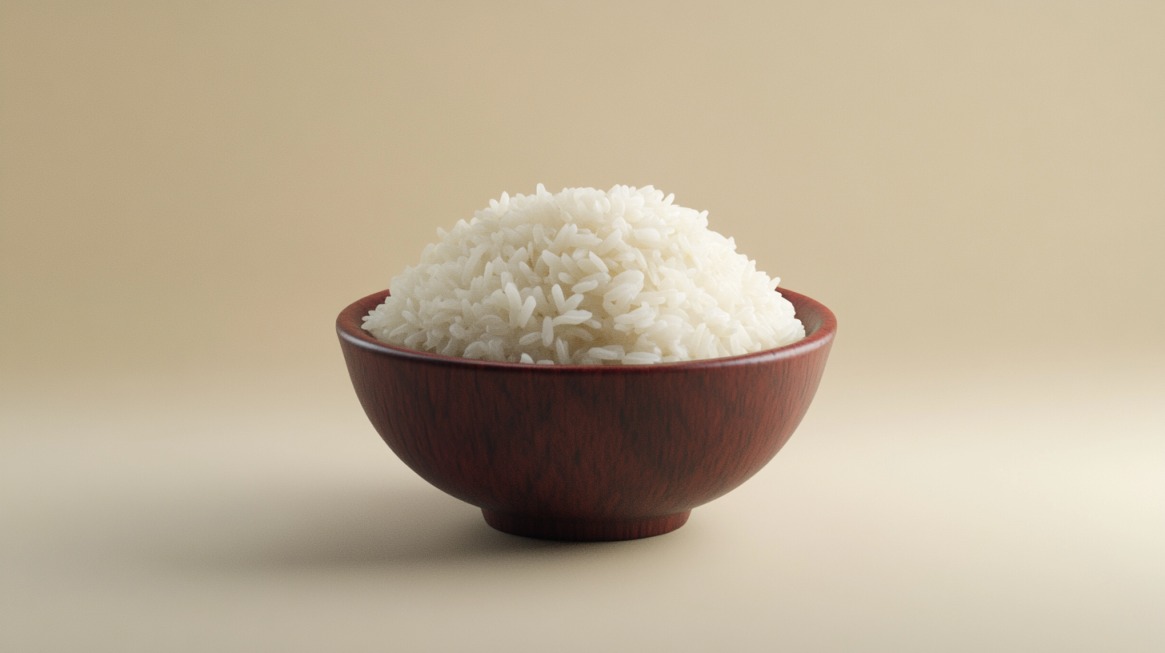Rice feeds billions. It’s a staple on nearly every continent and a base for countless dishes. Yet, something as simple as cooking rice still trips people up. Too dry? Too mushy? Not cooked through? There’s real confusion about what’s acceptable and what’s dangerous. People often confuse “al dente” with undercooked rice, and some even risk eating it raw.
That’s not just a bad culinary move—it can affect your health. Let’s clear up the difference, explain the risks, and cover safe cooking tips.
Health Risks of Eating Undercooked or Raw Rice
Not all rice-related mistakes end with a chewy bite and a disappointed palate. Some can lead to far more serious consequences. Undercooked or raw rice carries health risks that go beyond texture complaints.
- Bacterial contamination
- Digestive interference
Both can have short-term effects and long-term consequences.
Food Poisoning Risks
Raw or undercooked rice isn’t just unappetizing, it can make you sick. Bacillus cereus, a spore-forming bacterium found in soil and raw rice, is a common culprit. These spores aren’t easily destroyed by heat.
In cases where rice is not fully cooked, spores have a better chance of surviving and becoming active once the food cools down.
Letting rice sit at room temperature provides the perfect environment for bacteria to multiply. Even fully cooked rice can become risky when stored improperly, but undercooked rice raises the threat even more. Health effects often appear quickly and can resemble common food poisoning.
- Nausea and vomiting
- Abdominal cramps and pain
- Watery diarrhea
- Low-grade fever or chills
These symptoms are uncomfortable and, in some cases, debilitating. For those with weaker immune systems, children, or older adults, such reactions may escalate into more severe health concerns. Poor storage and half-cooked food multiply the risk.
Leaving rice in a warm room for hours after serving is a mistake people make far too often, especially during buffets or batch meal prep.
Digestive Problems
Aside from the bacteria, raw rice carries another hidden threat: lectins. These naturally occurring plant proteins resist digestion and interact poorly with the human gut. Cooking deactivates most lectins, but in undercooked rice, they remain active and problematic.
People who regularly eat undercooked rice may notice ongoing digestive issues. These aren’t just one-off cases of stomach cramps—they build slowly and wear down your internal systems over time.
- Bloating and excessive gas
- Abdominal discomfort or a “heavy” feeling after eating
- Disrupted digestion and bowel irregularities
- Reduced absorption of key nutrients like iron and zinc
Long-term lectin exposure has been linked to damage of the gut lining. For individuals with autoimmune tendencies or existing intestinal problems, consuming undercooked rice can trigger flare-ups or worsen symptoms. That harmless-looking grain can compromise the very system meant to break it down.
Is Al Dente Rice Safe to Eat?

Al dente rice often raises eyebrows, especially among those who equate firmness with being undercooked. But firmness doesn’t automatically mean danger. Al dente refers to rice that’s cooked through but still retains a bit of bite.
Each grain has structure—it holds its shape on a fork and has a slight resistance when chewed—but it doesn’t crunch or feel powdery. There’s no chalky core, no raw starch clinging to your molars.
Starch in al dente rice has gone through gelatinization. That process happens when rice is heated long enough for starches to absorb moisture and swell. Gelatinized starches are key for digestibility and safe consumption.
Without it, rice behaves more like a raw grain—harder to digest and potentially harmful.
Safety doesn’t depend on softness alone. Internal temperature and water absorption matter more than how firm the rice feels. Al dente rice, when handled properly, hits those marks without turning mushy.
Some rice varieties are better suited for al dente textures. Short-grain types absorb water differently and lend themselves well to dishes where structure matters.
- Arborio rice – used in risotto; holds texture while soaking up broth gradually
- Sushi rice – needs firmness to keep rolls intact but must still be thoroughly cooked
- Paella rice (like Bomba) – absorbs flavor-packed stock while staying cohesive
Texture should serve the dish, not undermine it. Al dente rice provides mouthfeel without compromising safety, as long as internal doneness is achieved. Chewing a firm grain that’s fully hydrated is completely different than biting into one that’s dry and raw inside.
Special Considerations for Different Rice Types
Cooking rice isn’t one-size-fits-all. Different varieties bring different textures, flavors, and cooking requirements.
Paying attention to each type’s structure and starch level helps avoid mistakes that lead to undercooking.
Brown Rice

Brown rice wears a tough shell. That outer bran layer adds nutritional value, but also makes cooking more demanding. It contains more lectins than polished white rice, so softening it thoroughly is a must.
A rushed cook time can leave the center hard and the outer layer chewy in an unpleasant way.
Despite being cooked properly, it may still feel firm compared to white rice. Don’t confuse that firmness with undercooking.
Watch for steam retention and grain expansion—those are better clues to doneness than feel alone.
- Longer cook times: Brown rice typically requires 40–50 minutes of simmering.
- Higher water ratio: Around 2.5 cups of water for every cup of rice works well.
- Soaking beforehand: Helps cut down cooking time and improves texture.
- Steam finish: Let it sit covered for 10 minutes after cooking to soften further.
A crunchy center means it’s not ready. Stick with the process, and brown rice will deliver both texture and nutrition.
Jasmine/Basmati Rice

Long-grain varieties like jasmine and basmati are prized for their aroma and fluffy structure. They cook quickly, which means there’s less margin for error. Overcook and you get a sticky mess. Undercook and the result is a gritty center and uneven softness.
Proper moisture control and timing help these grains cook through while staying separate. Covering the pot tightly and resisting the urge to stir mid-way makes a noticeable difference.
- Water ratio matters: For jasmine, use about 1.25 to 1.5 cups of water per cup of rice. Basmati usually works with a 1:1.5 ratio.
- Rinse before cooking: Removes excess starch that causes clumping.
- No need to soak: But a 10–15 minute soak can improve texture if desired.
- Short cook time: Usually 12–15 minutes on low heat with the lid on.
These grains aren’t built for al dente texture. They’re better when fully tender, fragrant, and easy to fluff with a fork.
Wild, Red, and Black Rice
Hearty and visually striking, these varieties bring earthier flavor and tougher exteriors. Cooking them takes effort, and many people stop too soon because the outer hull looks done while the interior remains hard.
Color alone doesn’t signal doneness. Grain structure gives a better clue. Cook until the outer layers split, exposing the inner white starch, and let them sit covered to finish softening.
- Cook time is long: Often 45–60 minutes of simmering.
- Water ratio needs adjusting: Around 3 cups of water per cup of rice works well.
- Check for grain splitting: Fully cooked grains crack open and reveal a pale center.
- Pre-soaking helps: An hour or more can reduce cook time and improve consistency.
Flavor payoff is worth the wait, but shortcut cooking leaves the texture unpleasant and hard to digest.
Final Thoughts
A random bite of undercooked rice now and then won’t ruin your life—but repeating it might.
Health issues stack up with regular exposure, especially when bacteria or lectins come into play. Al dente rice is completely fine if fully cooked inside and out.
Texture should never compromise safety. When in doubt, let the pot simmer a bit longer. Your gut will thank you.
